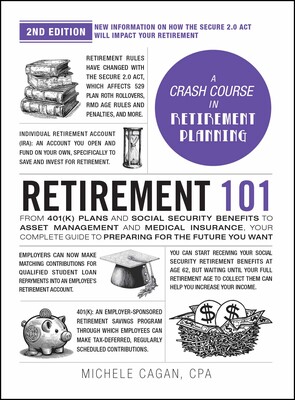
Introduction
Retirement in Canada is a significant topic for millions as the baby boomer generation continues to age, highlighting the importance of preparing for financial security in later years. As life expectancy increases, understanding the various retirement options and associated benefits becomes essential for Canadians regardless of their age. This article delves into the current landscape of retirement in Canada, providing crucial information for people planning their futures.
Current Retirement Landscape
In Canada, the retirement system comprises several components, including the Canada Pension Plan (CPP), Old Age Security (OAS), and personal savings through Registered Retirement Savings Plans (RRSPs). As of 2023, the average monthly CPP payment for seniors is approximately $1,200, while the OAS provides around $615 monthly. Combined, these benefits form a foundational income source for retirees.
Recent studies indicate that due to rising living costs, many Canadians are not saving enough for retirement. A report by the Canada Retirement Income Survey noted that about 40% of Canadians are not confident they have saved enough to retire comfortably. Furthermore, the shift from defined benefit pension plans to defined contribution plans has placed more responsibility on individuals to secure their financial futures.
Government Initiatives and Policy Changes
In response to these concerns, the Canadian government has been actively working on policy changes to facilitate better retirement planning. One notable initiative is the enhancement of the CPP, which aims to increase the benefits available to retirees gradually. According to the government’s projections, by 2025, benefits from this enhancement could account for up to 33% of pre-retirement earnings, helping to alleviate some financial pressures faced by seniors.
Additionally, financial literacy programs have been introduced to help Canadians understand the importance of saving and investing for retirement. These programs aim to equip individuals with the knowledge needed to navigate the complexities of retirement planning effectively.
Conclusion
The future landscape of retirement in Canada will likely continue to evolve, with more Canadians anticipating longer retirement periods. Financial planning and increased savings will be critical for ensuring a comfortable retirement. Citizens should take proactive steps now to educate themselves about their options, including government-sponsored programs and private savings plans, to secure their financial futures. As the retirement age approaches, individuals are encouraged to engage with financial advisors and utilize available resources to optimize their retirement savings strategy.



